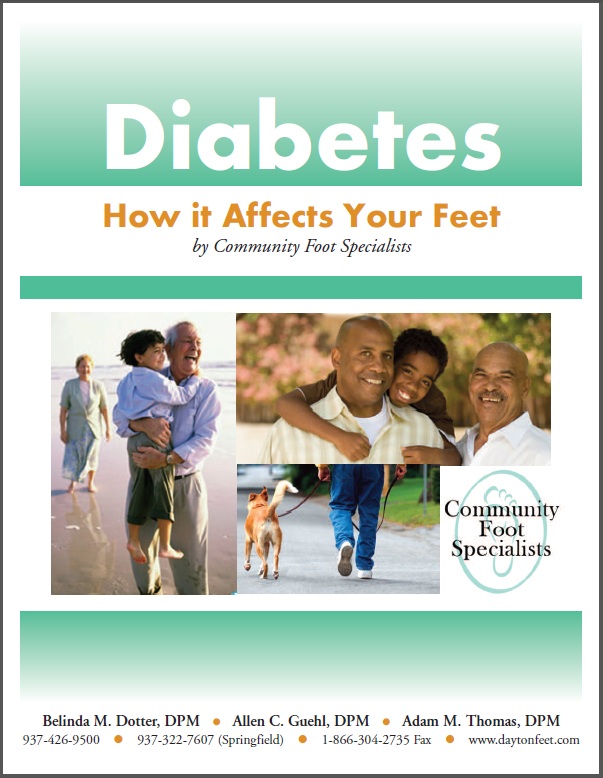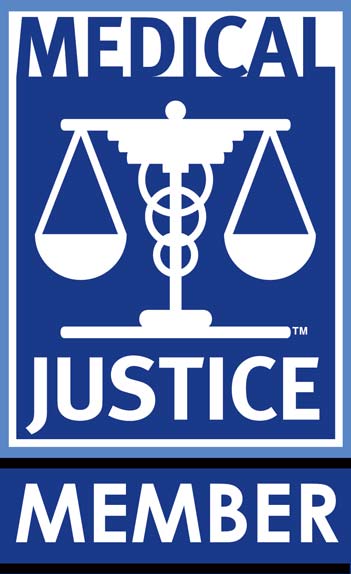Shin Splints
Shin Splints are a common complaint from runners and other participants in activities that require a lot of stopping and starting. Shin Splints are the common term for a condition called medial tibial stress syndrome. The tibia is the large bone running down the front of the lower leg. The pain related to shin splints occur when there is too much force applied to your shinbone (the tibia) and the connective tissues that connect the muscles to the bones.
Symptoms:
Pain along the front of the leg when beginning activity is the most common symptom. You may also experience some mild swelling along the front of the leg. The condition may worsen to the point that it continues to hurt at rest. The most common causes are running downhill, on a tilt, wearing old worn-out shoes, or beginning a training routine too hard or too fast.
Treatments:
The condition is mostly inflammatory, so the treatment is the same as other inflammatory conditions. Rest from the precipitating activity. It is not recommended that you rest entirely, just try activities that do not involve the same impact, ie swimming or bicycling. Ice and elevation will also reduce the inflammation and the pain. You should also consider your shoe gear. If your shoes are old or worn, a new pair of shoes with good arch support could be beneficial. Rigid arch supports could also help in reducing the pain.



















